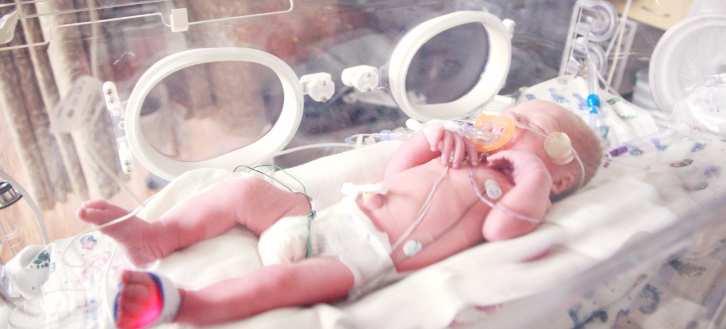Photo Credit: AI
The following is a summary of “Impact of SPY Fluorescence Angiography on Incidence of Ureteroenteric Stricture After Urinary Diversion,” published in the December 2024 issue of Urology by Yeaman et al.
Ureteroenteric strictures (UESs) are common complications after urinary diversion, occurring in 4% to 25% of patients. Anastomotic ischemia is linked to stricture formation, and SPY fluorescence angiography aids in assessing ureteral perfusion during surgery.
Researchers conducted a retrospective study to evaluate the impact of SPY fluorescence angiography on UES after urinary diversion.
They performed a prospective single-institution study to assess the intraoperative use of SPY for ureteral assessment, comparing UES incidence with a cohort of historic controls. Chart abstraction was conducted to identify confirmed strictures defined by endoscopic diagnosis or imaging. Statistical analysis used χ2 tests for UES incidence and Wilcoxon rank sum test for demographic characteristics.
The results showed UES occurred in 31 of 277 patients (11.1%) in the control group and 1 of 55 patients (1.8%) in the SPY group (P = .03). The per-ureter UES rate was 6.7% (33/582) in the control group and 0.9% (1/107) in the SPY group. Median follow-up was 58.6 months in the control group and 17.5 months in the SPY group. The median Charlson Comorbidity Index was 5 in the SPY group and 4 in the control group. No significant demographic differences were found between the groups.
They found that using SPY fluorescent angiography during open urinary diversion significantly reduced the incidence of UES. The study demonstrated that ureteral perfusion assessment improved patient outcomes.














Create Post
Twitter/X Preview
Logout